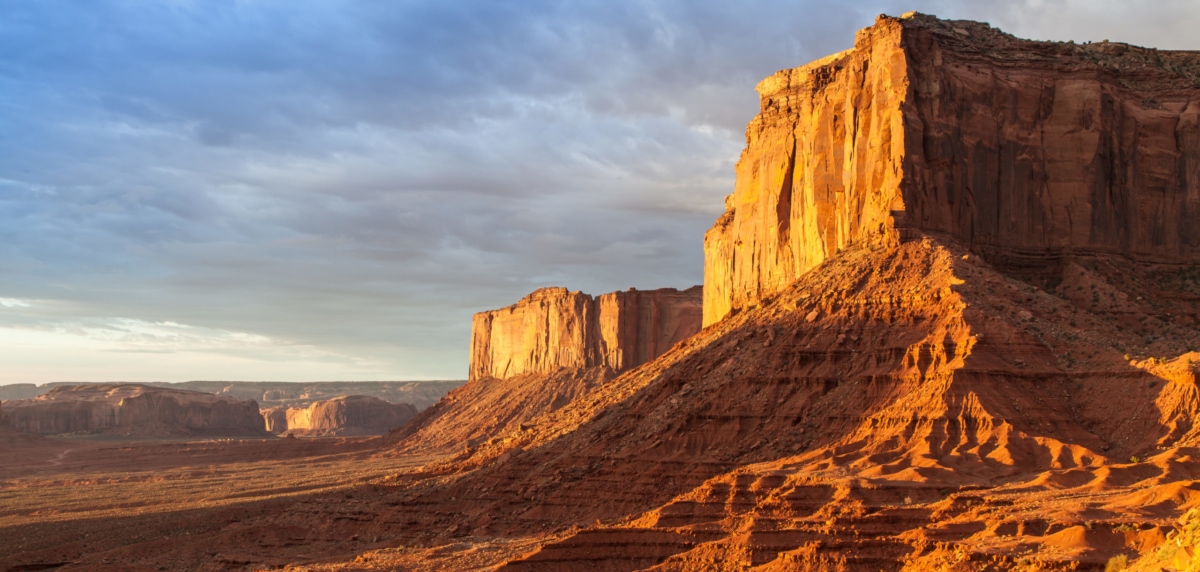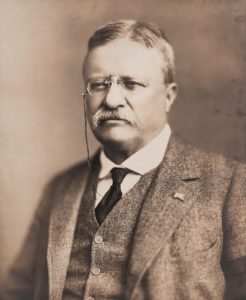America’s Favorite Vacation Spots: Our National Parks
In 2019, there were 327,500,000 recreational visits to the 405 properties managed by the National Park Service. Learn more about how these slices of Heaven-on-Earth came to be.

A century and a half ago, the United States embarked on an unprecedented journey: the creation of the national park system. On August 25, 1916, President Woodrow Wilson signed into law The Organic Act, legislation that established the National Park Service. The new agency was created to “promote and regulate the use of the federal areas known as national parks, monuments, and reservations.” It was the legal endorsement of a profound national vision; some places don’t need civilization as much as civilization needs those places.
Every summer people stream to our national parks for the scenery, history, and activity. July and August bring a crush of families to nearly every park. They go to look, to learn, and to sample from some of the best vacation bargains in America.
If You Save It, They Will Come
Americans “get it” when it comes to our national parks: In 2019 (the most recent data for this writing), there were 327,500,000 recreational visits to the 405 properties managed by the National Park Service. That same year, there were tens of millions of overnight stays of all kinds (lodges, cabins, RVs, boats, and back- packers) in these properties. We come; we go, we stay, and play.
The National Park Service grew from a fledgling unit of former soldiers who became the rangers at Yellowstone National Park. It’s now an organization of dedicated and earnestly helpful people of many different backgrounds. There are approximately 22,000 diverse professionals who work as permanent, temporary, and seasonal employees. For most of these folks, it is a calling not a job.
Nearly 221,000 volunteers supplement the staff, particularly during peak season. The park service has two co-mingled goals: to take care of the resource whatever it may be and to make it safe for those who come to visit.
An Idea Takes Root
The notion that a place merits preservation in perpetuity began evolving in the mid-19th century. In 1852, Congress established the Hot Springs Reservation in Arkansas to safeguard the purportedly medicinal properties of the waters. Western exploration in the 19th century revealed previously unimagined natural wonders such as Yosemite Valley and the Mariposa grove of giant Sequoia trees. In 1864, Congress, heeding the plea of Frederick Law Olmstead, the creator of New York’s Central Park, donated Yosemite Valley to the state of California to protect it from commercial exploitation.
Eight years later, on March 1, 1872, Congress set aside more than two million acres at the headwaters of the Yellowstone River in the Montana and Wyoming Territories “as a public park or pleasuring ground for the benefit and enjoyment of the people.” Yellowstone National Park, the first national park of any nation, is the cornerstone of our system and was inspiration to other nations.
Yellowstone National Park, the first national park of any nation, is the cornerstone of our system and was an inspiration to other nations.
Early Beginnings
Yellowstone launched a scattershot preservation effort: In 1890, Yosemite, General Grant, and Sequoia became National Parks in California. Mt. Rainier in Washington followed in 1899, the first park in a National Forest. Early 20th century brought a confluence of legal authority, the preservation ideal, and an outgoing, outdoor, adventure-loving president, Theodore Roosevelt, who vigorously acted on behalf of conservation.
The philanthropy of individuals has benefited the parks, saving rare lands from alteration or destruction when government could not. Muir Woods National Monument in California, was the first ever such gift of land. In 1905, businessman William Kent purchased 611 acres of old growth coastal redwood forest in Mill Valley, CA, to dedicate a forest in honor of pioneering conservationist John Muir. In 1907, to thwart condemnation for a reservoir, Kent donated 295 acres to the federal government, which President Theodore Roosevelt accepted, and on January 9, 1908, Roosevelt declared it a National Monument under the broad reach of the 1906 Antiquities Act.
In a parallel way, 5,000 acres of Mount Desert Island, Maine, that would be the core of Acadia National Park, was purchased and donated by a group of wealthy residents.
The Good Idea Grows Bigger
The Organic Act jump-started the nascent National Park Service by giving it the management and preservation responsibilities for the then-existing 35 national parks and monuments. The idea really caught on big time. Today the National Park Service oversees 405 areas totaling more than 84 million acres. Our centennial honorees manage a national treasure trove.
For a state-by-state listing of our nation’s beautiful National Parks, click here!
For the full story, The National Park Service Turns 100, including a listing of the free days to visit, and our picks for the Top 8 parks, see pages 186-190 of the 2016 edition of the Farmers’ Almanac.

Glenn Morris
North Carolina native Glenn Morris is a freelance Travel and Garden writer. He is the author of Taylor's Weekend Gardening Guide to Small Gardens, and North Carolina Beaches. His article What in the World is Workamping? appears in the 2021 Farmers' Almanac.






